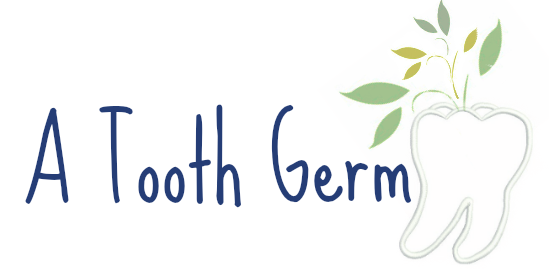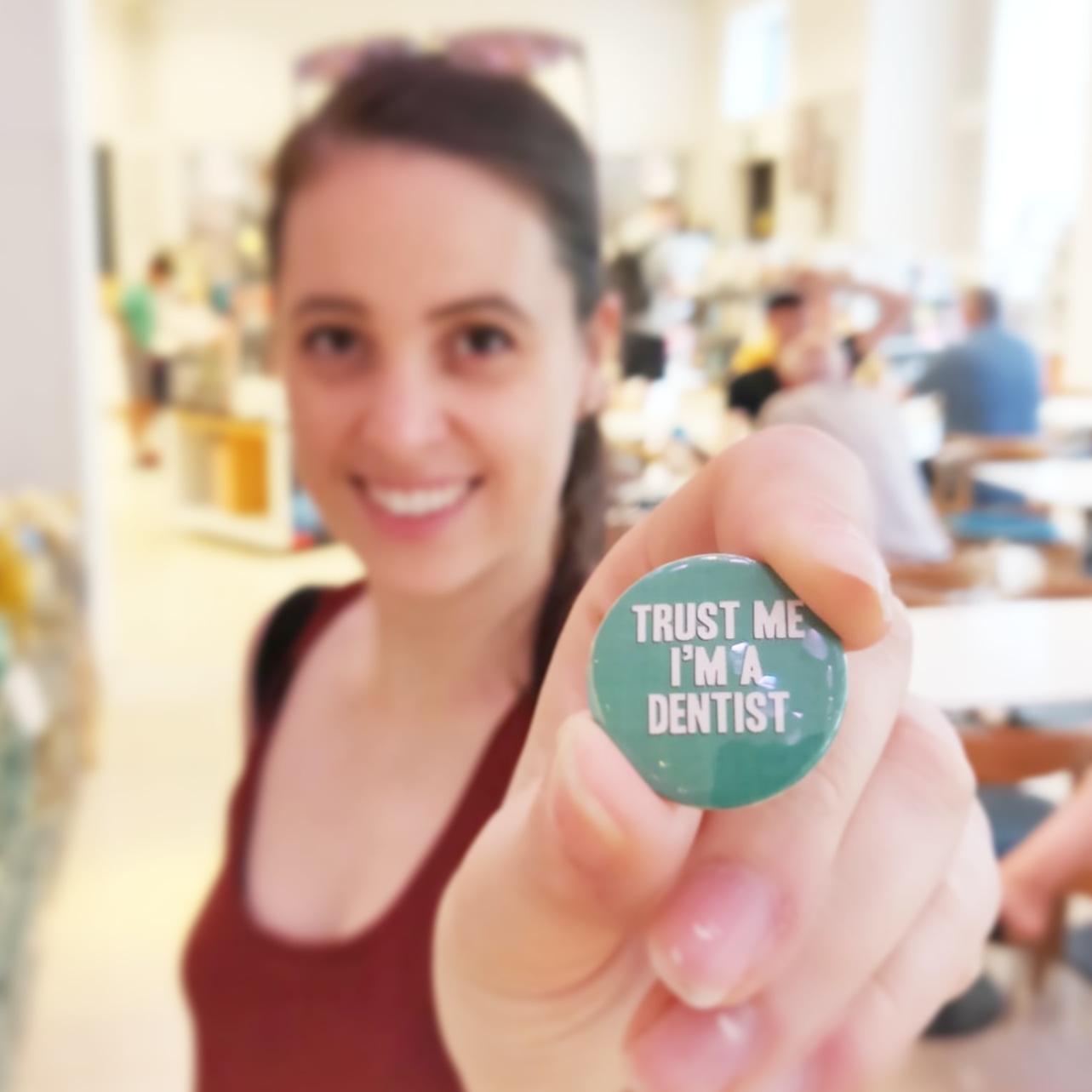Antimicrobials in Dentistry
Following my post about the talk I presented at the Evidence Based Dentistry conference, I thought I would share some more information about antimicrobial usage in practice.
One of the requirements of my foundation year was to perform an audit in practice: specifically one on antimicrobial prescribing.
Dentists are responsible for prescribing % of antibiotics in the UK, and it's important to ensure that these prescriptions are appropriate due to the increasing risk of antibiotic resistance. Campaigns such as the Antibiotic Guardian initiative aim to decrease the amount of inappropriate prescriptions as if we continue to prescribe these drugs as freely as they can be now, resistant strains will become very difficult to treat e.g. MRSA.
What guidelines should I use?
The guidelines that we should be following when prescribing antimicrobials are:
- FGDP: Antimicrobial Prescribing for Dental Practioners
- SDCEP: Drug Prescribing in Dentistry
When prescribing anti-microbials you need to ensure that:
- The prescription is recorded fully
- There are clear and appropriate justifications for the prescription
- Local measures should be taken first if possible e.g. drainage, extraction, extirpation
Recent updates:
- Amoxicillin should be prescribed at 500mg three times daily (TDS) for 5 days rather than 250mg previously recommended
- Metronidazole should be prescribed for 3 days only, not for 5 days unless in combination with amoxicillin
Results of the Pan London Audit
The main findings from the first round of audit across London were:
- All prescriptions were recorded with name of the drug but not always the dose and duration
- 52% of prescriptions were appropriate
- 250mg of amoxicillin was still being prescribed in some cases
- Pain was used as justification for prescription alone which is not a systemic sign of spread of infection and therefore not an appropriate justifcation
- Local measure were only taken in 50% of cases
Changes that were made in practice:
- Prescribe the correct dose, duration of drug and record this
- Justify the prescription appropriately i.e. systemic sign of spread
- Local measures to be taken first
In order to facilitate these changes, practices much make sure they made an antimicrobial prescribing protocol to adhere to, to have a thermometer in their practice and to make pain appointments longer in order to allow the dentists to take local measures first.
Re-audit
We performed a re-audit 3 months after the Action plan was implemented and these were our findings:
- All prescriptions had drug, dose, duration and frequency recorded
- Only 4% of the time 250mg of amoxicillin was still being prescribed (2 instances)
- Justifications for prescriptions had generally improved (82%), but pain was still justification in 15% of cases
- Local measures were taken in 70% of cases
This shows a general improvement in the prescription of anti-microbials although further training and education may be needed to achieve a gold standard of care.
If you are unsure of how to perform an audit in practice, see my guide here.
Antibiotic prophylaxis
When discussing the use of anti-microbials in practice you cannot ignore the issue of antibiotic prophylaxis prior to dental treatments.
In 2008, NICE issued guidelines which recommended the ceasure of prophylaxis prior to dental treatments, even for those at higher risk of Infective Endocarditis (IE) e.g. prosthetic heart valves, congential heart defects. They recommended this due to the risk of allergy and resistance and the fact that they claimed there was little evidence to support the effectiveness of this treatment.
This has resulted in a massive reduction in the presciption of antibiotics but according to the Lancet, there has also been an increase in the instances of IE, especially in high risk individuals. At the moment there is no direct causal link, but since the guidelines have been introduced there is a definite spike in the number of IE cases (see the Lancet).
Perhaps this guideline needs to be reviewed, especially since the mortality rate for IE is 40%, although there has been recent confirmation by NICE that these guidelines will remain unchanged.
I hope this clears up when to prescribe antimicrobials in dentistry. Please let me know in the comments what you think about the NICE guidelines and if antibiotics are being prescribed appropriately in your practice.



















0 comments